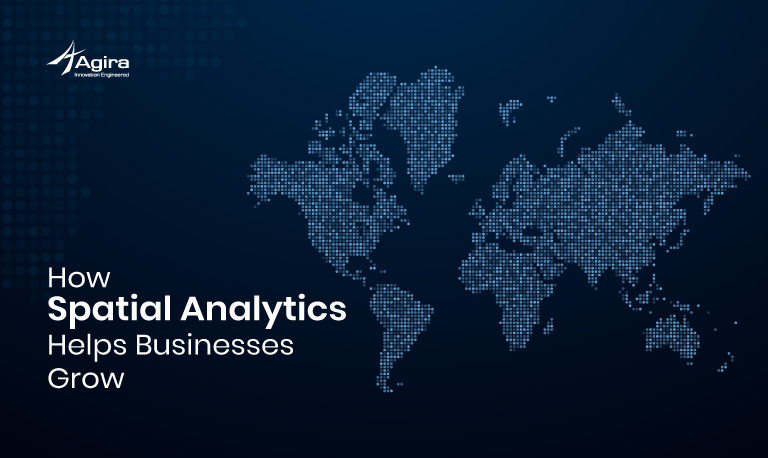Maps are the graphical representation of real-world data. Since mankind started to rise, maps have also started their path simultaneously. Maps are the one thing that would not be evaded from the everyday life of people. But have you ever thought about how many ways are there to represent data in a map to display them to attract the audience? Let’s see the data representation and its classifications in this article.
Data Representation
Data plays the major necessary role in every sector to collect, store, manage, and represent their products and output in an efficient way. They are the core of the maps to visualize the indispensable idea to the user. They can be represented in graphic or diagrammatic form. The way these data are depicted on a map is known as the data representation. The extent of information we portrayed in the map reaches the user is only by the course of action we carry out in the data representation.
General Methods in Representation:
There are generally three types of maps by the means of how data are depicted in them. They are:
- Reference Map
- Dynamic Map
- Thematic Map
Reference Map
Reference maps tend to show every aspect of the maps in an equal manner, not giving priority to any of them. These maps generally cover a region or country in a single sheet. Topographic maps and Satellite images come under this category where every kind of user tends to accurate for their different kind of purpose.
Dynamic Map
Dynamic maps are interactive maps, generally made more concentrated to the public users than to the GIS professionals for the access. Because of this, these maps should be more user-friendly to the users in nature. Here the maps can be customized by the means of scale, selecting features, changing base maps (satellite, imagery, etc.,) and removing the unwanted labels by the user to utilize the maps in an absolute manner. Here the reference and thematic maps can be dynamic. Transportation comes under the dynamic map.
Thematic Map
Thematic maps show a certain theme or concept geographically over the distribution of values over space. So they are also called Special-Purpose Maps. Here they take a common phenomenon that is not naturally visible like literacy rate, per capita gross domestic product (GDP), or temperature as their main theme and display them in distributed value through the map.
There are two types of thematic maps. They are,
- Quantitative maps – These maps are depicted to display the variations of the theme in a defined value by the means of numerical data. For example, Rainfall measured within a particular defined value.
- Qualitative maps – These maps are called Non-quantitative maps. They use nominal data and a range of values i.e. high, medium, and low to show the theme in a distributed value.
There are three types of quantitative maps. They are,
- Dot maps
- Choropleth maps
- Isopleth maps
Dot maps
They are also known as dot distribution maps or dot-density maps where dots are used to depict the existence of a feature. It’s an effective way to visualize different types using colors. Population, crop types can be represented by the dot maps. But it has a disadvantage of difficult to understand the point depicted if the boundary is not exhibited.
Choropleth maps
Here the range of aspects in the map is differentiated by shading or color where each of them represents a different range of values. Population density, sex ratio, and literacy rate can be represented by the choropleth maps. They are good at displaying change over the space. But they show false impressions at the administrative boundary, which is the major disadvantage for the choropleth maps.
Isopleth maps
The isopleth maps overcome the disadvantage of false impressions at the administrative boundary by making an imaginary line joining the places of equal values in the natural boundary. Isotherm(Temperature) and Contour(elevation) map come under this category.
Conclusion
We have seen the major types of graphical representation used in the maps. There are still some other types we are not covered in this article. Mention your favorite maps and why it is your favorite.
With our exceptional Hands-on-experience, our experts help you in custom location-based GIS applications development for your business.










